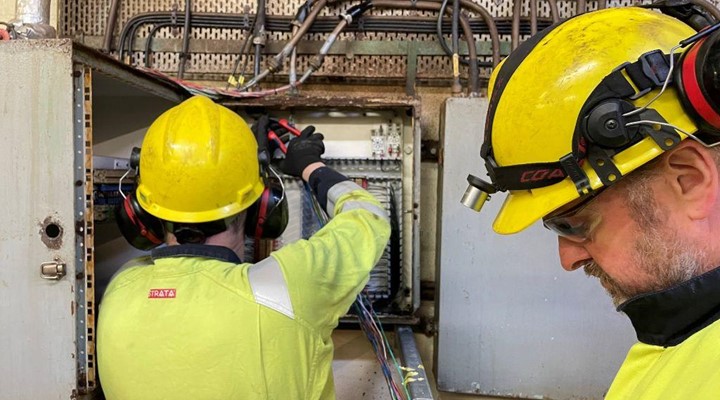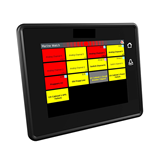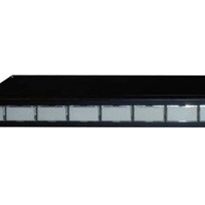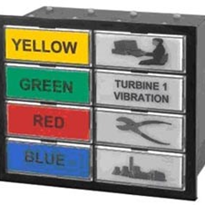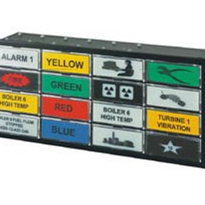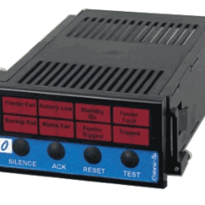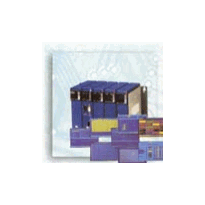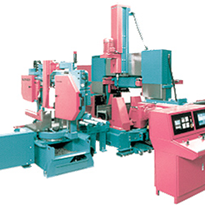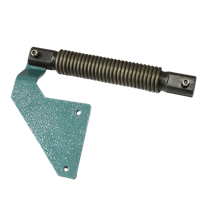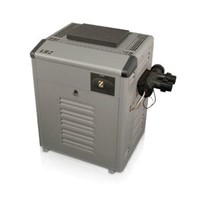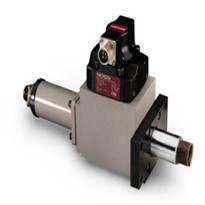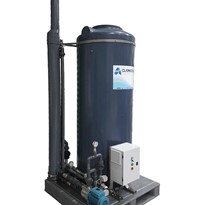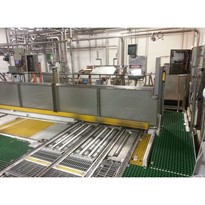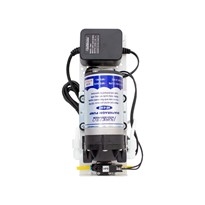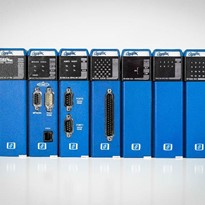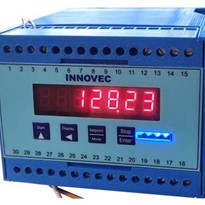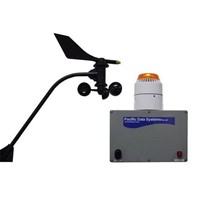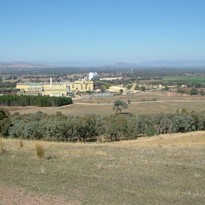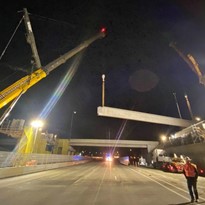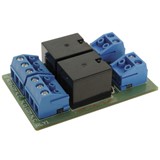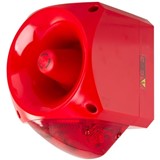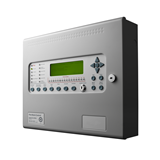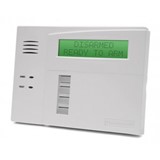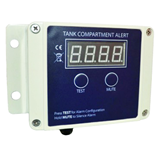Since the 1980s, rack-based alarm annunciator systems have been reliable workhorses in various critical industries, including chemical processing, nuclear, and oil and gas. However, because of their age, many of them do not meet modern safety requirements and are also now beginning to suffer from component failure. Here Darren Barratt, sales manager at alarm annunciator specialist Omniflex, explains the drawbacks of leaving outdated systems in place and why an upgrade might be simpler than you would expect.
Time waits for no one, and alarm units originally manufactured by companies such as Highland Electronics, Rochester Instruments and Robinsons etc, are reaching the end of their lifespan. This poses a challenge for facilities that rely on them as part of their ongoing safety processes.
The old systems’ limitations are becoming increasingly apparent as time goes on. Most of the units were first installed around 40 years ago, meaning they pre-date the creation of modern safety standards like safety integrity levels (SILs).
Furthermore, with many of the original manufacturers no longer in business, obtaining technical support and spare parts quickly in the event of component failure is becoming increasingly difficult if not impossible. This is obviously unacceptable if the delays result in critical safety systems being offline for a prolonged period.
After decades of service, system failure is becoming increasingly common due to aging CPUs and PSUs that are now beginning to malfunction or, in many cases, stop working altogether. CPU failure is a particularly challenging issue for many aging rack-based systems as a single CPU controls the whole rack, meaning, if it fails, you lose every alarm on the rack.
Between these two key problems of increasing compliance requirements with updated safety standards and challenges with obsolescence management, most plant managers of facilities still using older systems are looking to upgrade. However, they often worry that this will involve excessive costs and cause extensive downtime while the new systems are installed and validated. Luckily, by working with the right alarm replacement partner, these issues are easily avoided.
Legacy alarm upgrades
Omniflex’s Omni16R rack-based alarm annunciator is an industry-proven upgrade path for some of the original manufacturers obsolete units, such as Highland Electronics/Rochester Instruments MPAS 90 and the PMS rack-based alarm units, which can handle up to 320 alarm points in a single rack and meets IEC61508 SIL-1 standards. It is also Emphasis-certified for use in the nuclear industry, which has its own stringent safety standards that are set by the Health and Safety Executive and Nuclear Decommissioning Authority.
The Omni16R is a direct replacement, engineered on the specifications of the MPAS 90 and PMS so it can fit seamlessly into existing panel space and use existing wiring. Furthermore, to add redundancy to the system, each 16-way alarm card on the rack has its own CPU built-in. This reduces single point of failure and means, if a CPU fails, you only lose 16 alarms at most as opposed to hundreds of alarms.
When it comes to displaying alarm conditions, flexibility is key. Sometimes, the requirement can be to have all the alarms displayed on a large screen in a central control room or on other occasions, it is preferable to distribute alarms across multiple displays according to type and priority. This is why the Omni16R can be connected to anything from a single 320-way display to smaller distributed displays. Furthermore, the Omni16R can be interfaced to remote monitoring systems to provide 24/7 oversight of critical alarm conditions in real-time.
To provide customers with piece of mind and to safeguard against future obsolescence issues, Omniflex provides lifetime support for its products and full technical and service support for all products sold over the past 60 years. The company has a full in-factory repair and refurbishment facility capable of maintaining the entire range of products manufactured and has expert engineers well-placed to provide support from each of its locations, in the UK, South Africa and Australia.
To find out more about how Omniflex can help with legacy and obsolete alarm system upgrades, read the company’s alarm sector industry overview for free on the website.



